Exploring El Salvador: A Hidden Gem!

Some things you should know when traveling to El Salvador: the local currency is the US Dollar. Mostly cash is accepted and the fees of the ATMs are still about 4$. El Salvador is also one of the few countries that accept bitcoin. You can see the country in as little as 1 week, but I would recommend closer to 2 weeks.
The Pacific Coast

I checked into Canucks hostel in El Tunco, a newly opened place that instantly felt like home. The hostel had a friendly atmosphere, and one of the guests even welcomed me with the best mango I've ever tasted. My favorite thing about Central America is the abundance of juicy mangos! My room cost $17 per night, but the all-day air conditioning made it worth it. Canucks also had a kitchen, allowing me to prepare my own meals.

After catching the sunset on the beach I tried my first pupusas, a traditional Salvadoran dish. The woman selling them outside the hostel offered two pupusas for just a dollar, making it a popular choice among backpackers.
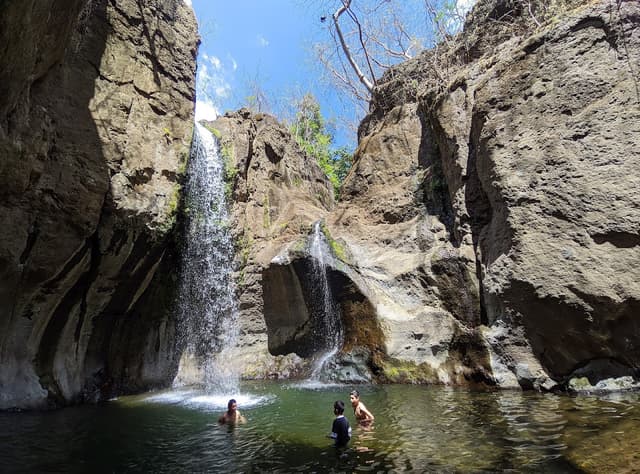
While in El Tunco, you can visit nearby waterfalls for around $7 or even take a surf class if you're up for it. As a non-surfer, I decided to skip the surf lessons, and instead, I enjoyed the local cuisine and explored the town's colorful souvenir shops. El Tunco is a bit more touristy compared to other parts of El Salvador, but during the weekdays, it still maintains a calm and authentic vibe.
Other Great Beach Destinations
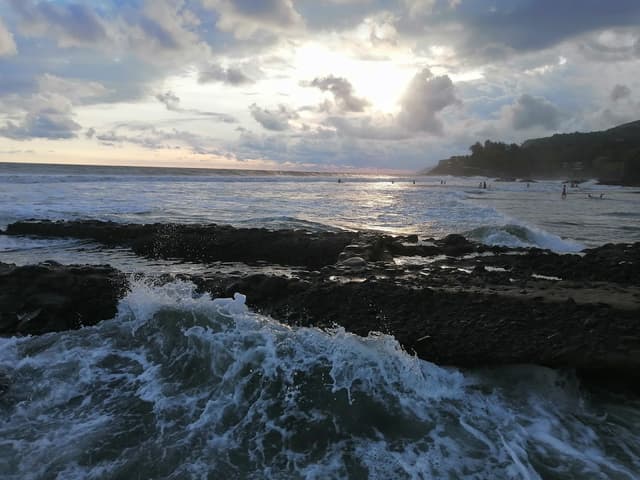

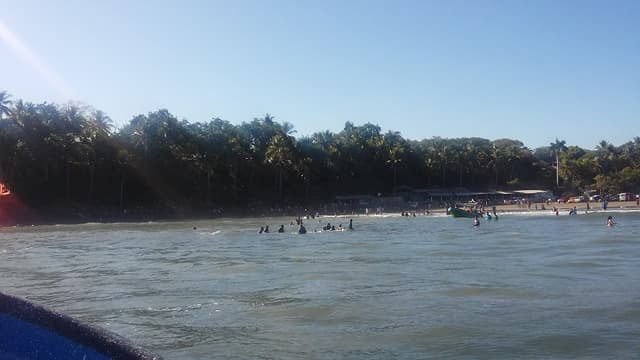
San Salvador, the Capital
One evening, our hostel group decided to venture into the capital city, San Salvador, to attend a football game. We took bus 102 or 107, which conveniently dropped us off in the city center. We stayed at Hostal Cumbres Del Volcan Flor Blanco and indulged in an incredible local barbecue/asado at La Esquina del Sabor. The football game turned out to be a lively and entertaining experience, filled with passionate fans. Afterward, we explored the city's nightlife scene, enjoying margaritas and tapas at La 20.

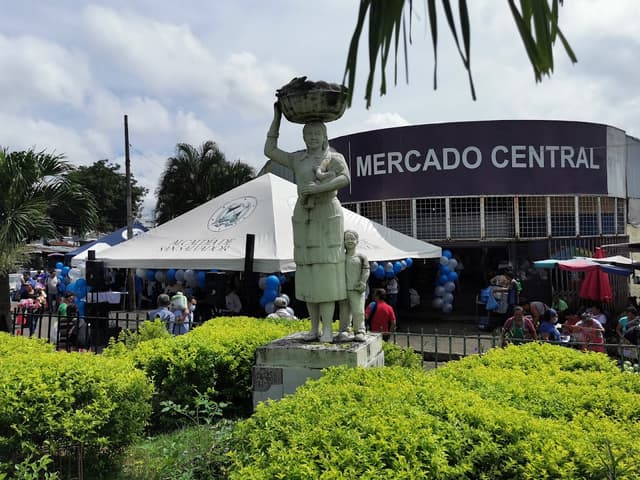
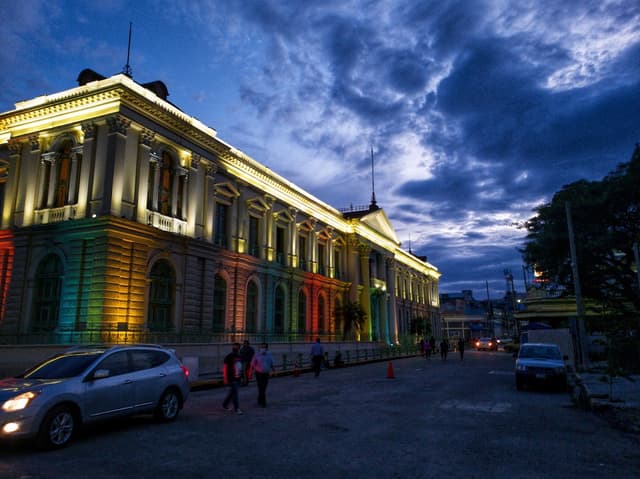
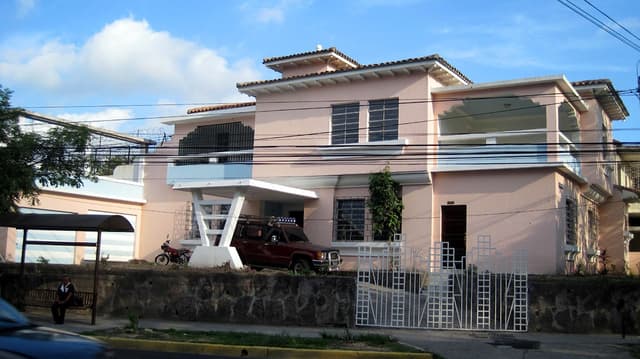
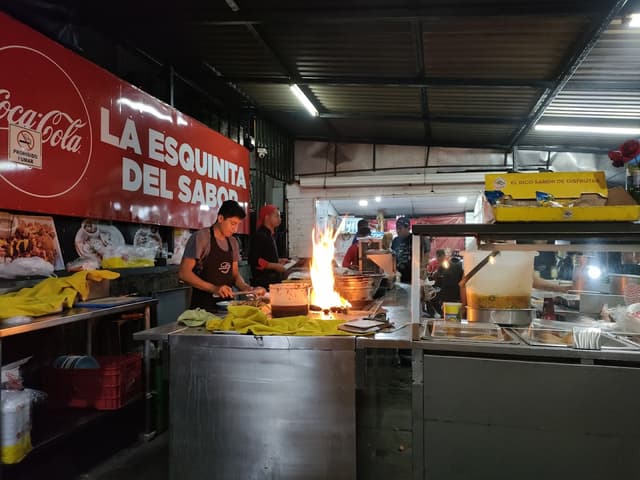
Santa Ana
What Santa Ana is known for, is the Flower Route or Ruta de las Flores, which is the area of lots of flowers. Although, they are only in bloom between December to February. I missed out on the flowers, but there was still plenty to see and do. You don’t have to rent a scooter to visit the ruta de las flores, but it does give you more freedom. The main towns along the route can be reached with the local bus.
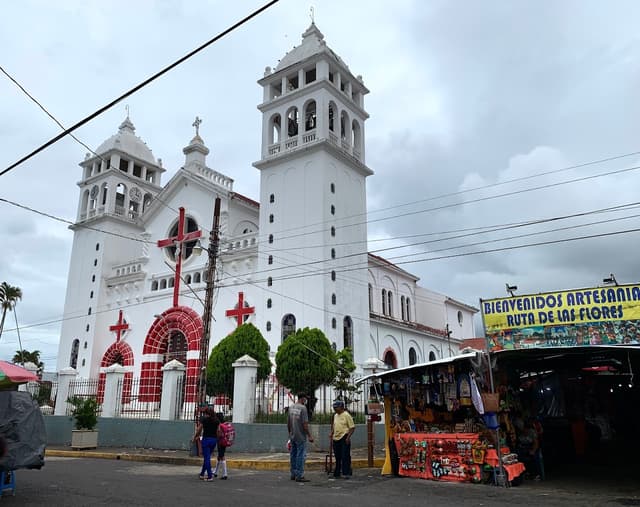
Juayua is the first stop, and this is where the popular seven waterfalls hike leaves from. If there’s one activity you do at the Ruta de las Flores, make it this one. I lost count very early on, but I feel like in our half-day tour we visited way more than seven waterfalls, including the highlight which was the idyllic Los Chorros de Calera waterfall. The hike is moderate in difficulty and there is one exhilarating section where you rappel 40 metres up a waterfall.
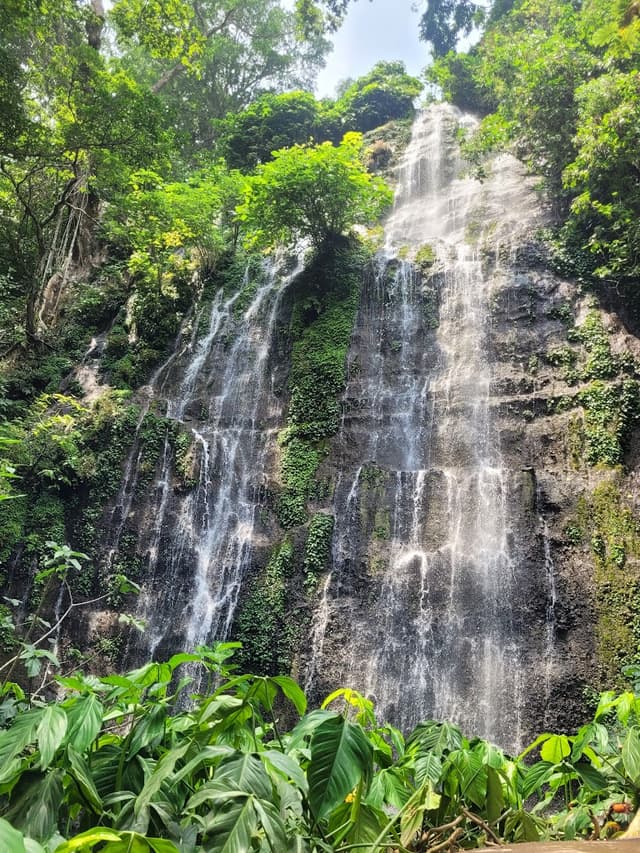
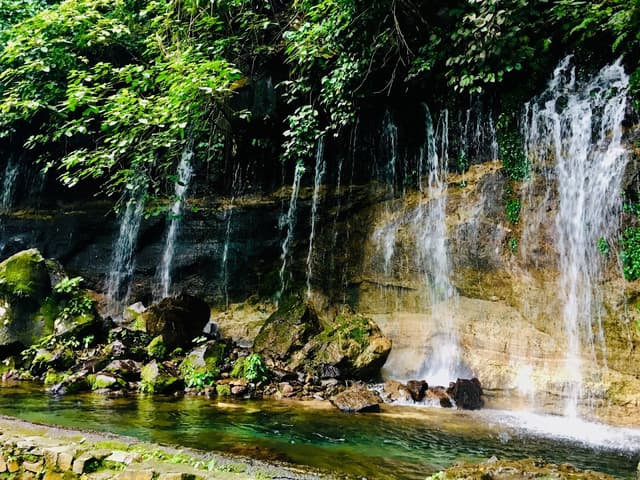
Salcoatitan has a small market with local coffee and yuca dishes. Get a quesadilla with your coffee! They are not like the Mexican quesadilla; it is a sort of cake that is commonly found in cafes and sold on the street.
Apaneca is the next stop along the Ruta de las Flores and is known for its coffee and crafts. There are two popular hikes nearby. Laguna Verde and Laguna de las Ninfas are both offered by tour guides in the area, or can be driven to on your own but I’ve heard that people undertaking hikes alone still risk being robbed along the way. To be sure just go with a guide, it’s super affordable anyway. However, ATV or buggies are popular to rent to get to these.
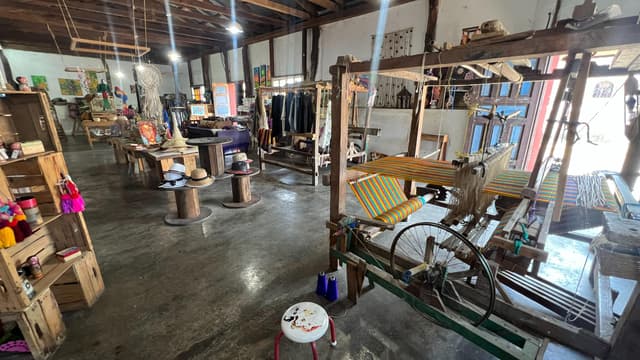
Channel your inner Maze Runner and head to Cafe Albania for the deceivingly tricky maze. It costs $3 USD to enter the maze and you can expect to be in here for anywhere from 10 minutes to an hour. Personally I went for the rainbow slide and had lunch watching people pass over a zipline by bike, on a surfboard or regularly. The screams from the Extreme Swing could probably be heard all over the valley.
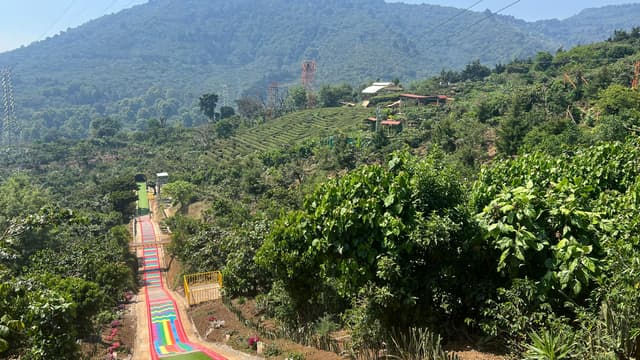
The last stop before Ahuachapan is Ataco, which is a very small town that is covered in pretty murals. Wander around the streets with no destination in mind and you’ll find a diverse range of artwork. If you still have energy left, the walk to the Mirador de la Cruz offers a great view out over Ataco and nearby hillsides. Apparently you can try Tenquiqe, a tasty mushroom — also known as the Salvadorian truffle — that only grows in El Salvador at Cielito Lindo, a little pupusa restaurant in Ataco.
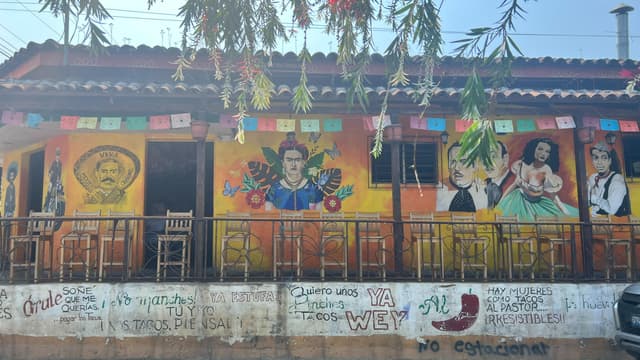
There are also many hot springs along the Ruta de las Flores. The ones that are easy to reach look more like pools, contrary to the waterfall Salto de Malacatiupan, which is harder to reach but a sight for sore eyes with warm water. There are also different tours around coffee plantations and factories to see how the coffee is made, or you can just indulge at a local cafe. Sonsonate and Ahuachapan at the end and start of the route are both larger towns without the charm or character of the smaller towns.
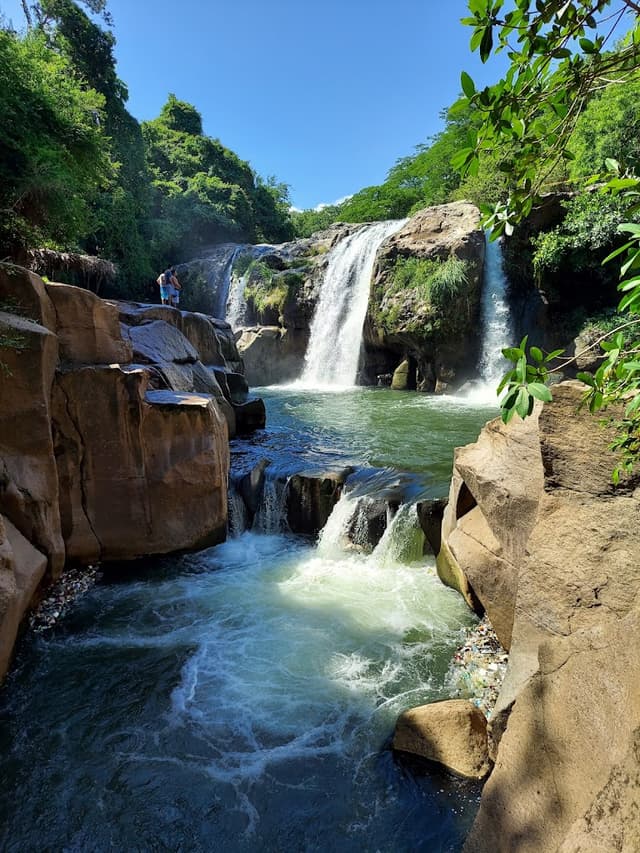
Another possible day trip is to hike up the Santa Ana volcano, the highest in the country. However, when it comes to difficulty, this is one of the easiest volcanoes to climb in Central America. You reach the crater in less than an hour and the rail is not so steep. At the top you are rewarded with a look into the crater and the bright blue crater lake. On your way back you can stop at the Coatapeque Lake.
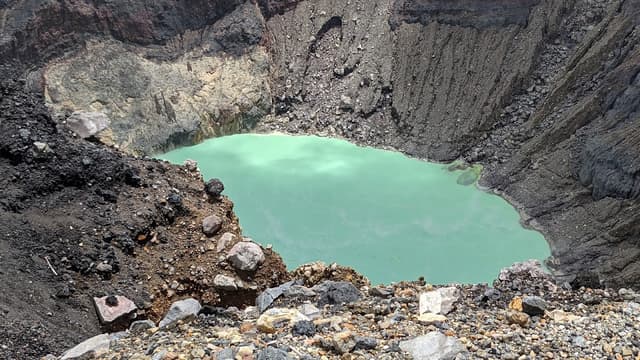
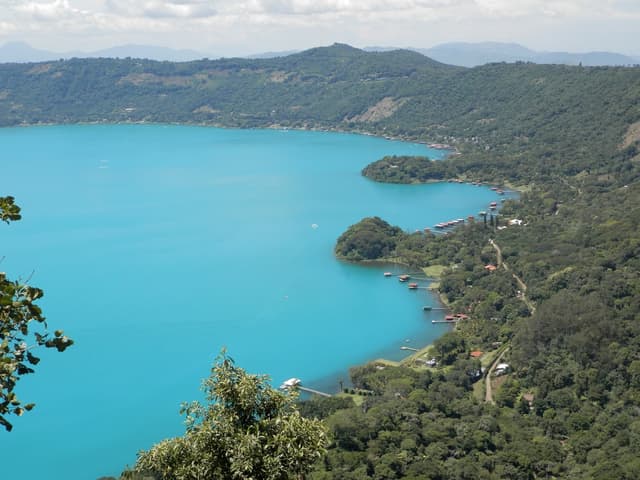
You can rent scooters and stay at Villa el Campanario. This place has a nice pool, a huge cozy garden with a bar that sells drinks for only a dollar, a kitchen that is pretty well equipped and plenty of cool spots to hang out. The rooms are tight and the shower is an ice shower, the worst I’ve had though.
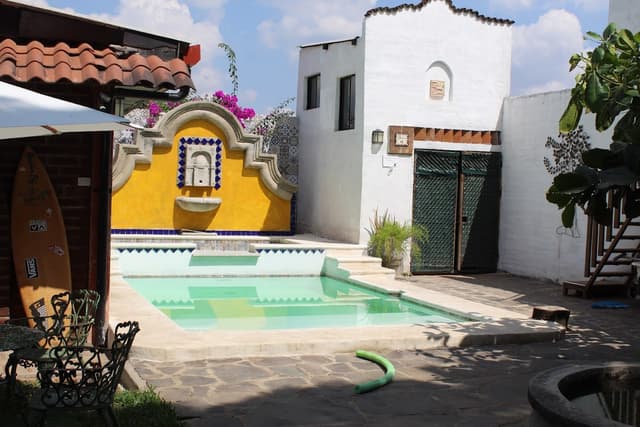
Suchitoto
Suchitoto is a beautiful colonial city. It is home to charming cobblestone streets and well-preserved architecture, like the Iglesia Santa Lucia. If you’re feeling up for a challenge, book a tour with the tourist police, to Los Tercios Waterfall. After the steep descent, you will be rewarded beautiful lake views. You can also go on a boat tour on the lake.
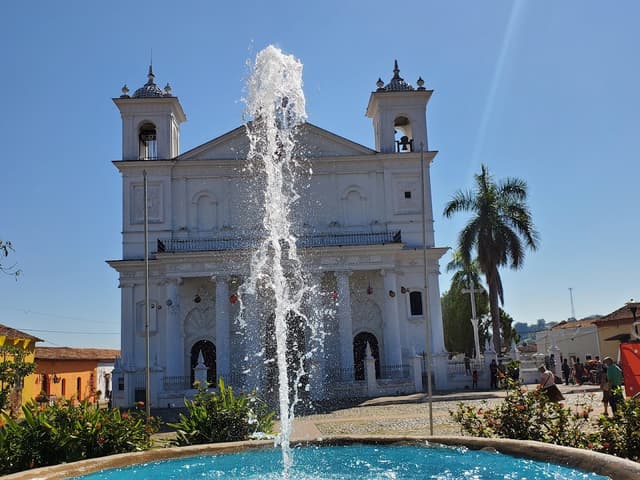
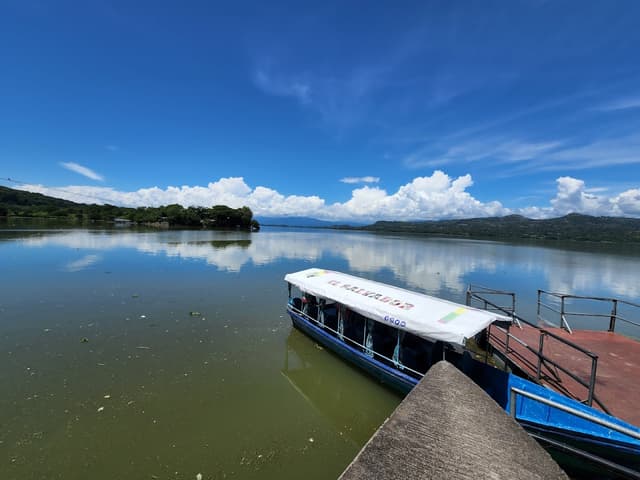
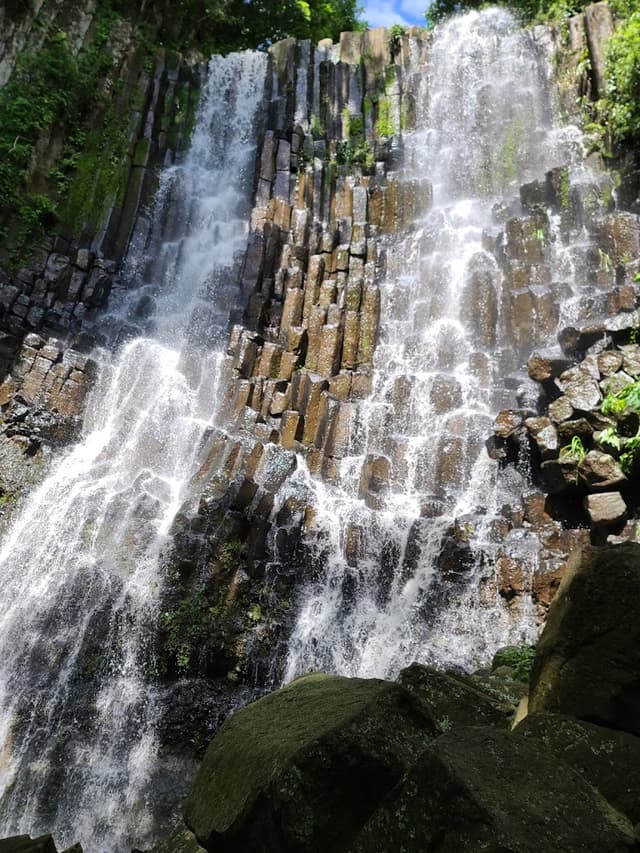
The home for unique & authentic travel